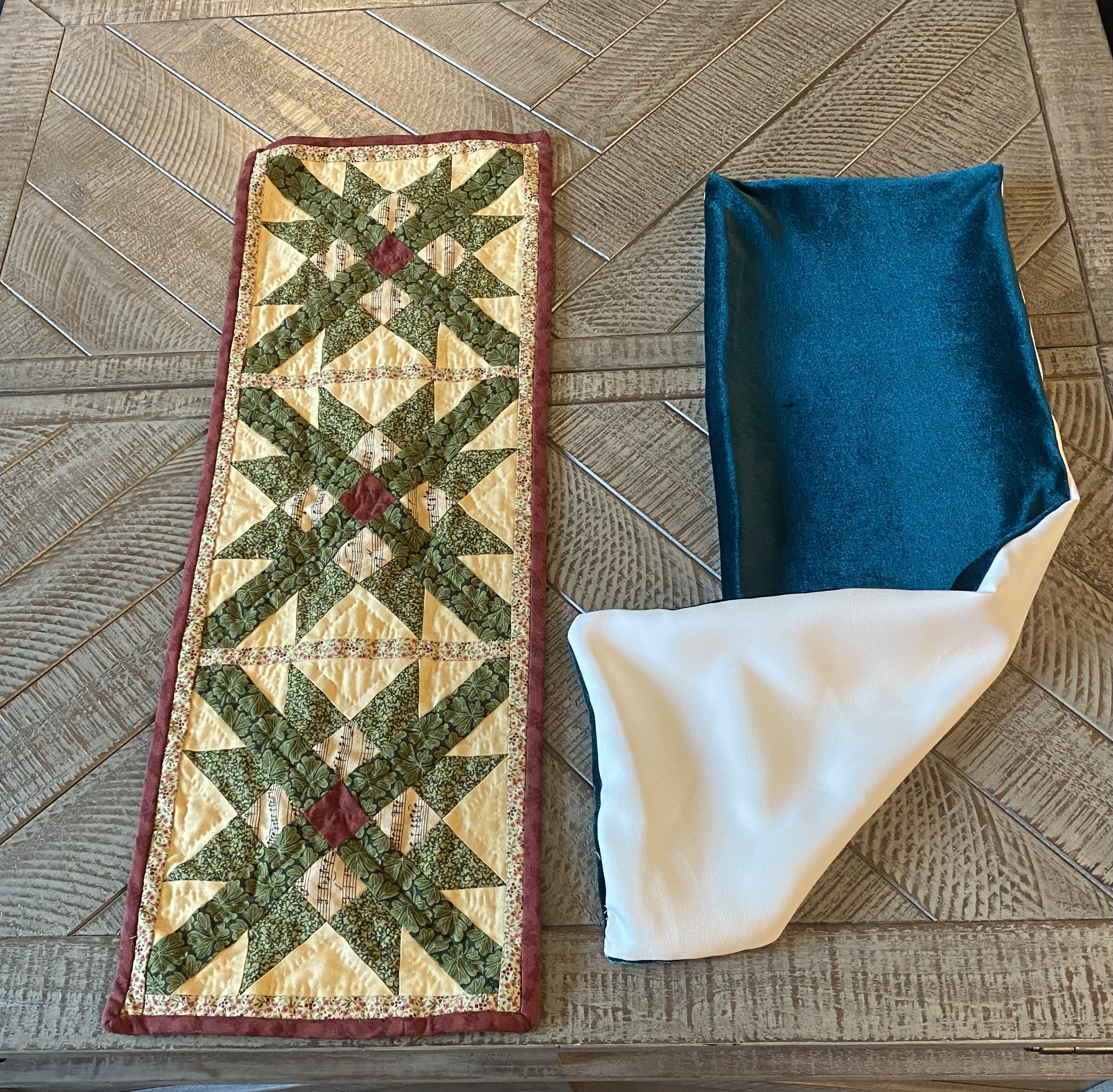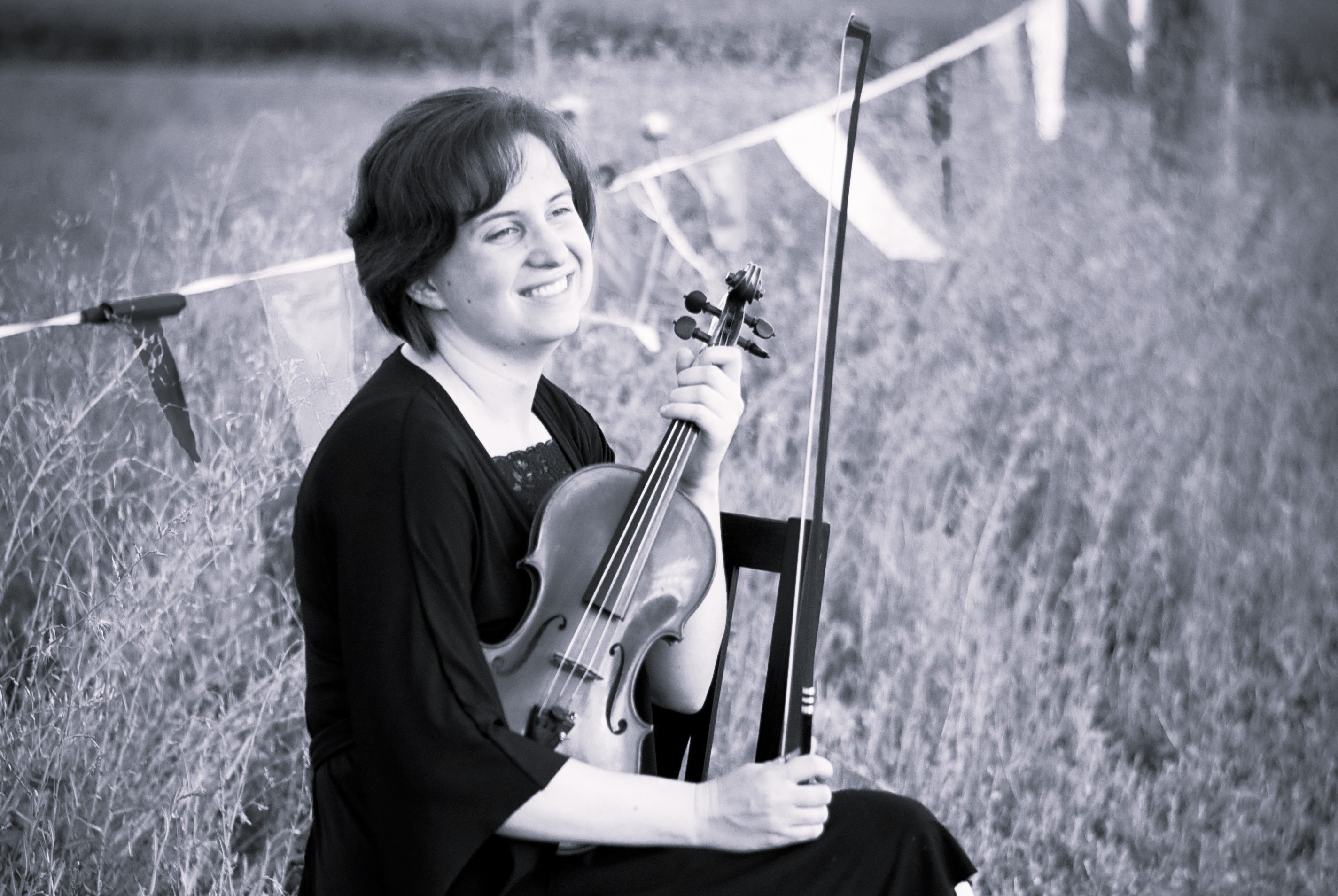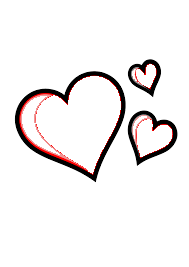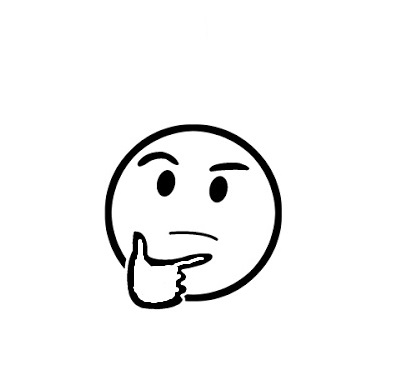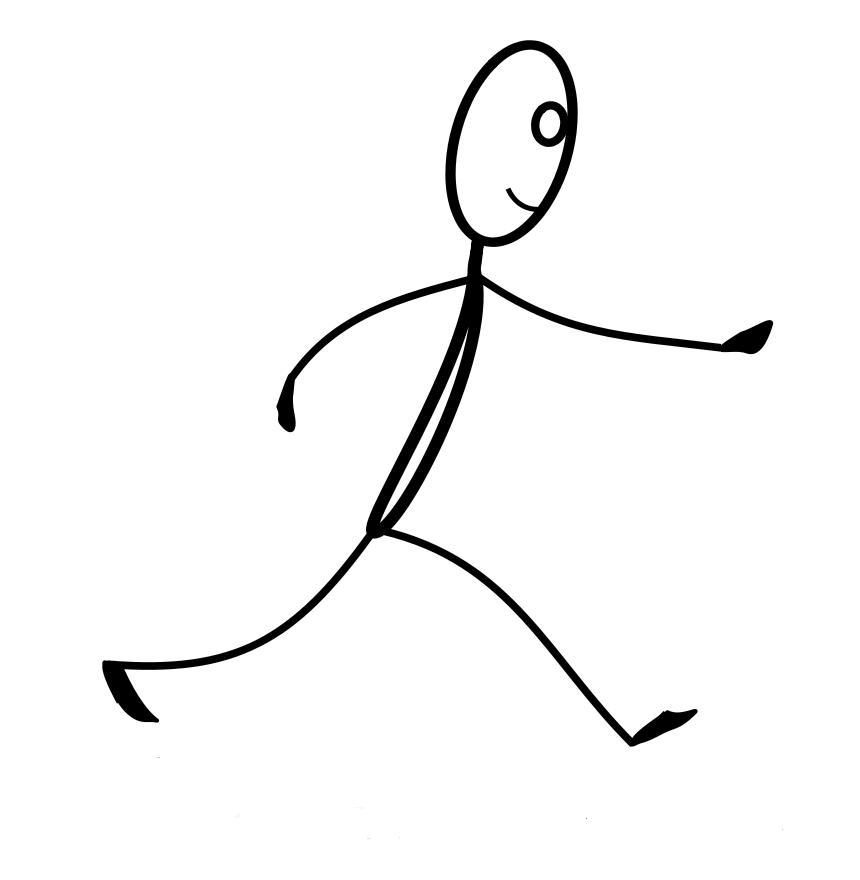My mom is very creative. I could take pages explaining all the fun activities she does with her fifth- and sixth-grade History classes, like mummifying hot dogs, reenacting Civil War Battles, and laying on the floor to draw masterpieces on the underside of their desks like Michelangelo with the Sistine Chapel.
When I was in college, my mom had the brilliant idea to quilt me a cloth as a cover for my violin inside the case, in place of the cloth the case originally came with. She told me it was probably the only time in her life she'd do any quilting for me by hand. (Smart choice, as the cloth was about 9 by 27 inches, as opposed to the size of a full quilt!) I was extremely grateful and treasured that gift. I was proud to show it off to people who asked about it. The quilted cloth included pieces that were a dull red, to match the case interior.
When my violin was stolen ten years later, inside its case (see "Theft and Other Lessons"), I was devastated at losing all the sentimental things, including that cloth! When the insurance wouldn't cover the theft, a replacement violin was partially paid for by an anonymous family member, for which I am beyond appreciative. The interior of this violin's case was forest green. My mom very kindly decided to quilt me a new cloth to go with the new violin and case.
Fast-forward to a couple of years ago: I bought a second violin that I eventually decided to sell, as it wasn't being used enough to warrant the purchase. It was to be sold along with the green-interior case. But what to do about the cloth?? I wasn't willing to give up my final quilted handmade cloth from my mother, which had double the sentimental value to me, given what happened to the cloth's predecessor. But the case needed an interior cover of some kind.
I had three options:
- Find the original green cloth that had come with the case. I thought I had kept it, but who knew at the bottom of which box in the garage attic space it was buried in.
- Bring my case in person to a designated dealer for Bobelock (the company that made it), at least an hour's drive away, so they could order a replacement cloth and mail it to me.
- Buy some satin and velvet and sew my own replacement cloth.
I'm not very domestic! But I have been ever-so-slowly broadening my horizons in regard to sewing very simple projects. For example, I doubt I'll ever get into sewing clothes, and making my kids aprons from a pattern felt way out of my league, but I can handle making pillowcases.
I decided to go with Option 3. I think my cloth turned out pretty well! And this way, I can feel good about carrying on my mom's tradition for the next owner of the violin. I am able to pass on a little of my own creativity--a reflection of myself, if you will--to the next lucky player of the instrument. I'm grateful that my mom left me such a legacy of ingenuity and commitment.
